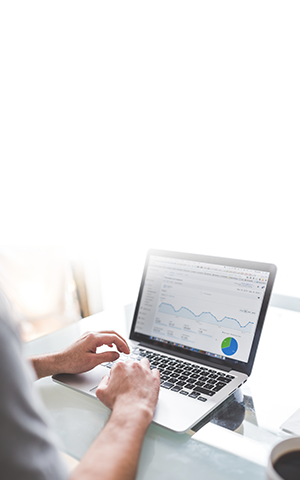How to Clean Your Laptop Ports Without Damaging Them

How to Clean Your Laptop Ports Without Damaging Them

Laptop ports are essential for connecting chargers, USB devices, headphones, external monitors, and more. But over time, dirt, dust, and debris can clog these tiny openings, causing connection issues or even permanent damage. That’s why knowing how to clean your laptop ports without damaging them is so important.
In this detailed guide, you’ll learn the safest and most effective ways to clean USB ports, charging ports, headphone jacks, and HDMI slots at home, while avoiding common mistakes that could ruin your device.
Why Cleaning Laptop Ports Is Important
Before we dive into how to clean your laptop ports without damaging them, let’s look at why this simple maintenance task matters:
- Prevents charging issues – Dust can block your laptop charger from fitting properly.
- Improves connectivity – USB devices, headphones, and HDMI cables work better with clean ports.
- Extends device lifespan – Dirt and debris can lead to overheating or damaged connectors.
- Saves repair costs – Regular cleaning avoids expensive hardware replacements.
In short, clean ports mean a longer-lasting, more reliable laptop.
What You’ll Need
To safely follow this guide on how to clean your laptop ports without damaging them, you only need a few affordable tools:
- Compressed air canister
- Soft microfiber cloth
- Dry, soft-bristled brush (like a clean toothbrush)
- Wooden or plastic toothpick (never metal)
- Cotton swabs
- Isopropyl alcohol (70% or higher)
Step-by-Step Guide: How to Clean Your Laptop Ports Without Damaging Them
Step 1: Power Off and Unplug
Always turn off your laptop and disconnect it from the power source before cleaning. This prevents short circuits and accidental damage.
Step 2: Start With Compressed Air
Hold the can of compressed air upright and spray short bursts into each port. This blows out loose dust and particles. Do not shake the can or tilt it — doing so may release moisture, which can harm your laptop.
Step 3: Brush Gently Around the Ports
Use a dry, soft-bristled brush to remove dirt from the edges of the ports. A clean toothbrush or makeup brush works perfectly. This helps loosen debris that compressed air may not reach.
Step 4: Remove Stubborn Dirt With a Toothpick
If dirt is still stuck inside, use a wooden or plastic toothpick to gently scrape it out. Avoid using sharp metal objects like needles or pins, as they can scratch or break the delicate connectors inside your laptop ports.
Step 5: Disinfect With Alcohol (Optional)
For ports that seem sticky or oily, dip a cotton swab lightly in isopropyl alcohol. Gently wipe around the edges of the port, but don’t oversaturate — you only need a small amount. Let it dry completely before turning on your laptop.
Cleaning Different Types of Laptop Ports
USB Ports
USB ports collect dust easily because they are used so often. Follow the compressed air and toothpick method for best results. Be gentle, as USB connectors are sensitive.
Charging Port
If your laptop charger feels loose, the port may be clogged. Clean it carefully with compressed air and a toothpick. A dirty charging port is one of the most common issues fixed by knowing how to clean your laptop ports without damaging them.
Headphone Jack
Dust inside headphone jacks can cause poor sound quality or one earbud not working. Insert a dry cotton swab and rotate gently, or use compressed air for a quick fix.
HDMI or Display Ports
These ports are slightly larger and can trap dirt more easily. Use a brush followed by compressed air to clear out debris before plugging in external monitors.
Mistakes to Avoid When Cleaning Laptop Ports
- Never use water – Moisture can short-circuit your laptop.
- Avoid metal objects – Pins, needles, or knives can permanently damage connectors.
- Don’t use too much alcohol – A small amount is safe, but soaking the port can corrode it.
- Don’t blow with your mouth – Human breath contains moisture that may damage electronics.
How Often Should You Clean Laptop Ports?
If you use your laptop daily, it’s good practice to clean the ports every 2–3 months. However, if you notice charging problems, loose connections, or poor audio, you should clean them immediately. Regular maintenance will keep your laptop running smoothly and prevent unnecessary repairs.
When to Seek Professional Help
If cleaning doesn’t fix the problem, your laptop port may be physically damaged or loose. In this case, visit a certified technician. Knowing how to clean your laptop ports without damaging them helps in most situations, but severe cases may require repair or replacement.
Conclusion
Learning how to clean your laptop ports without damaging them is an essential part of laptop maintenance. With simple tools like compressed air, a brush, and a toothpick, you can remove dust and dirt safely. Avoid common mistakes like using water or sharp metal objects, and your laptop ports will stay clean, functional, and long-lasting.
By cleaning your laptop ports regularly, you’ll enjoy smoother charging, stronger connections, and a laptop that performs at its best for years to come.




